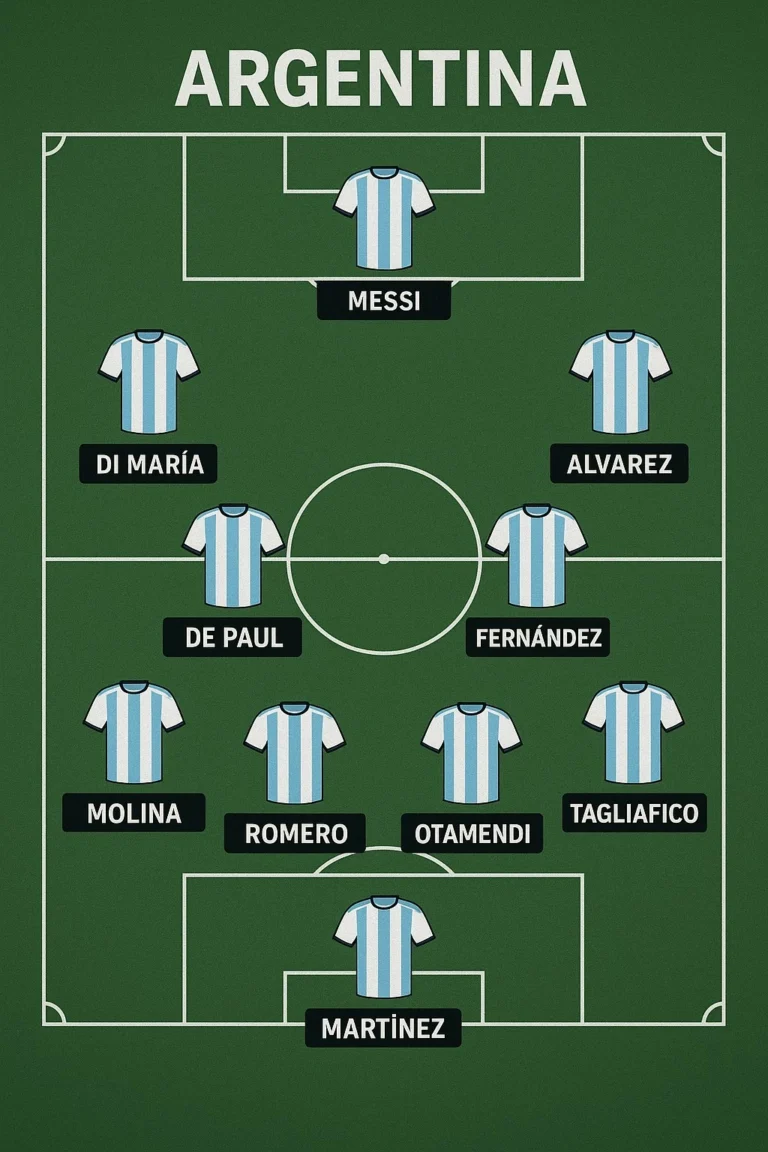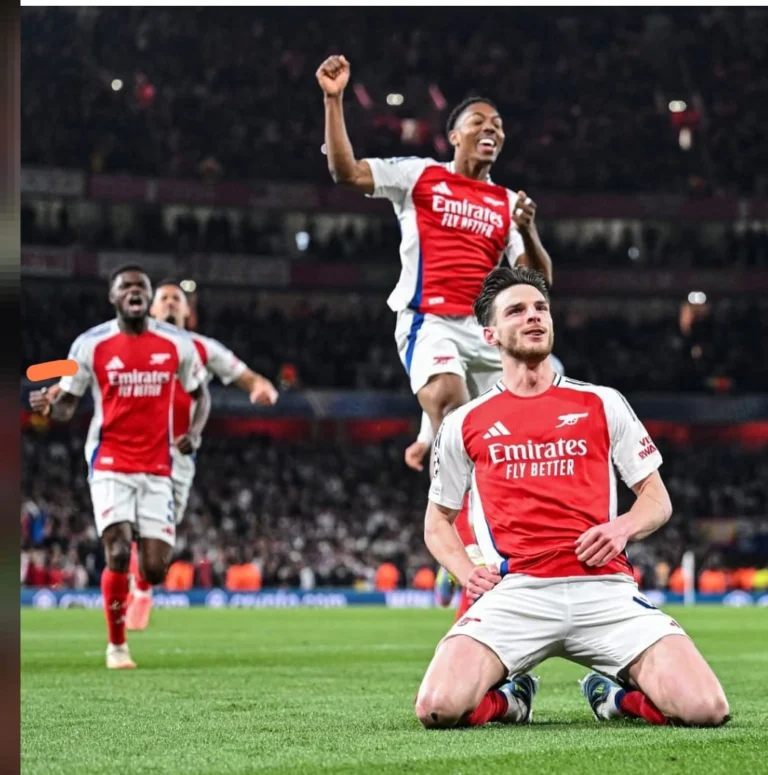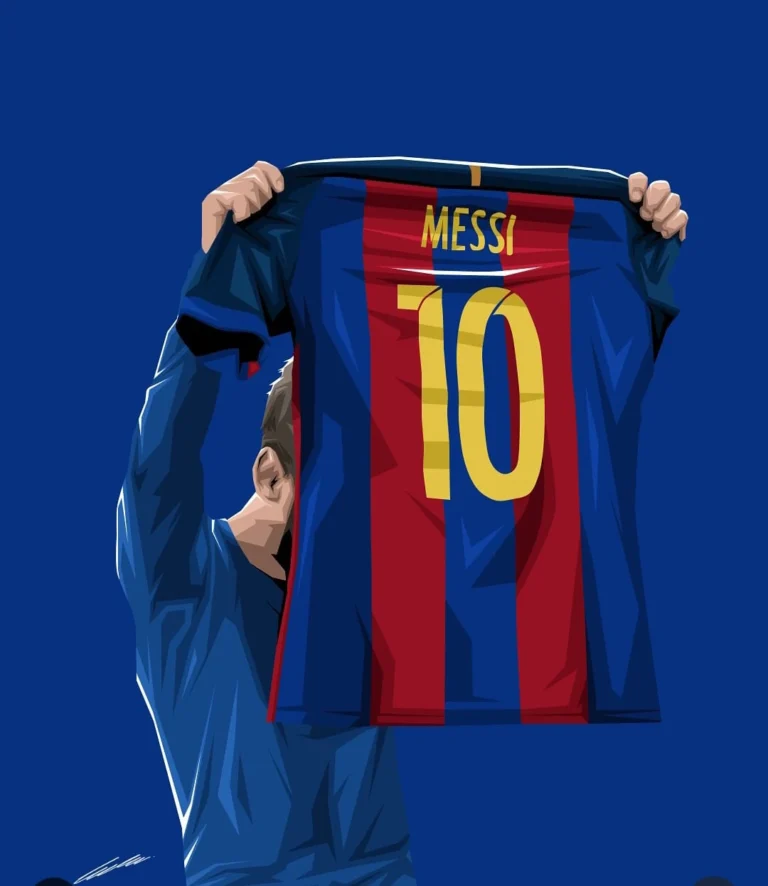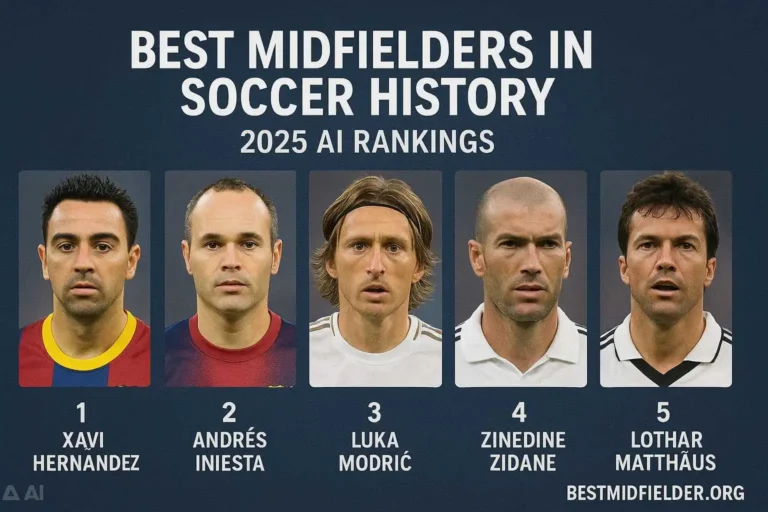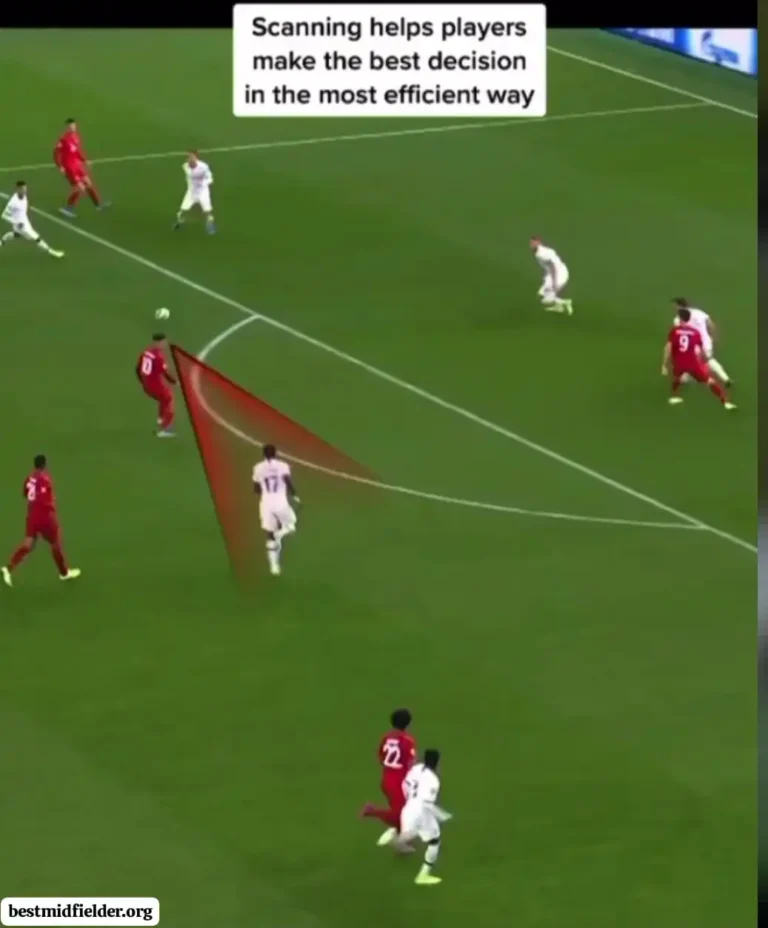Midfielder in Soccer Role and types
What is a Midfielder in Soccer?
Midfielder in soccer is one of the most crucial players in a soccer team, acting as the link between defense and attack. They control the tempo of the game, distribute passes, defend when necessary, and support offensive plays. Midfielders are often considered the engine of the team because their performance directly impacts possession, creativity, and overall gameplay.
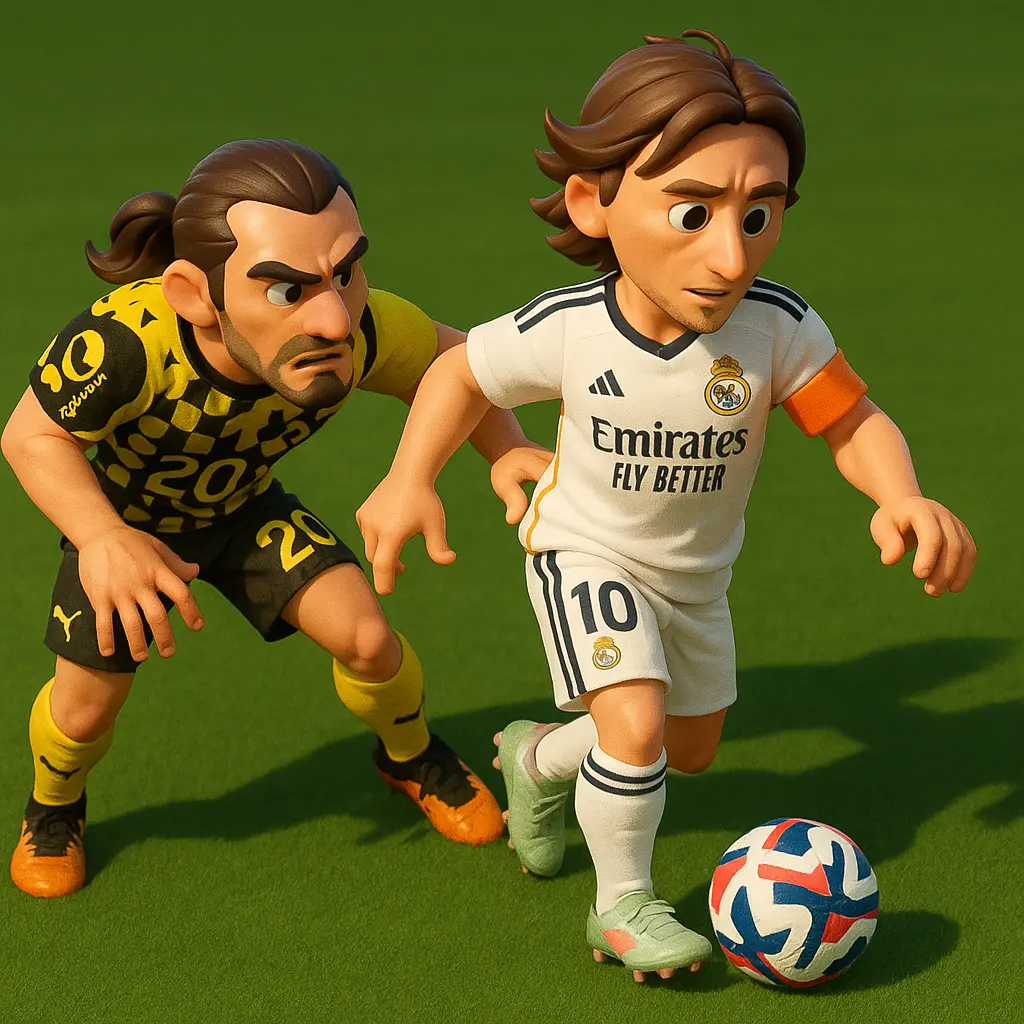
Why Are Midfielder in soccer So Important?
Midfielder in soccer play multiple roles, making them indispensable in modern soccer. Their key contributions include:
- Ball Distribution – They connect defense to attack with accurate passes.
- Possession Control – They dictate the pace and flow of the game.
- Defensive Support – They help break opposition attacks.
- Goal Contributions – Some midfielders score and assist frequently.
Because of their versatility, top teams prioritize strong midfielders to dominate matches.
Different Types of Midfielders in soccer Explained
Midfielder in soccer are classified based on their positioning, responsibilities, and playing style. Here are the main types:
1. Central Midfielder (CM)
Primary Role: Controls the game’s tempo, distributes passes, and balances attack and defense.
- Box-to-Box Midfielder – Covers both defensive and attacking duties, running across the field. (Example: Steven Gerrard, Arturo Vidal)
- Deep-Lying Playmaker – Stays deeper, orchestrates play with long passes. (Example: Andrea Pirlo, Xabi Alonso)
2. Defensive Midfielder (CDM)
Primary Role: Shields the defense, intercepts passes, and starts counterattacks.
- Anchor Man – Stays close to defenders, breaks opposition plays. (Example: Claude Makélélé, Casemiro)
- Ball-Winning Midfielder – Aggressively tackles and recovers possession. (Example: N’Golo Kanté, Gennaro Gattuso)
3. Attacking Midfielder (CAM)
Primary Role: Creates scoring chances, operates near the opponent’s penalty box.
- Classic No. 10 – Playmaker with vision and dribbling skills. (Example: Zinedine Zidane, Kevin De Bruyne)
- Shadow Striker – Makes late runs into the box to score. (Example: Thomas Müller, Frank Lampard)
4. Wide Midfielder (LM/RM)
Primary Role: Provides width, crosses, and supports wingers.
- Traditional Winger – Stays wide, delivers crosses. (Example: David Beckham, Ryan Giggs)
- Inverted Winger – Cuts inside to shoot or pass. (Example: Arjen Robben, Mohamed Salah)
How to Become a Better Midfielder in soccer?
If you want to excel as a midfielder in soccer universe, focus on these key skills:
Passing Accuracy – Short and long-range distribution.
Vision & Awareness – Reading the game and anticipating movements.
Stamina & Work Rate – Covering large areas of the pitch.
Tackling & Interceptions – Crucial for defensive midfielders.
Shooting & Dribbling – Essential for attacking midfielders.
Best Midfielder in Soccer History
Some legendary midfielders who mastered their roles:
- Andrés Iniesta – Creative genius with impeccable control.
- Luka Modrić – Complete midfielder with elite passing and work rate.
- Patrick Vieira – Dominant box-to-box presence.
- Johan Cruyff – Revolutionary attacking midfielder.
Frequently Asked Questions (FAQs)
1.Can a midfielder in soccer also be a captain?
Absolutely. Many great captains in football history have been midfielders because they are in the center of the action. Their position allows them to communicate with all parts of the team, control the tempo of the match, and lead by example. Famous examples include Steven Gerrard, Roy Keane, and Luka Modrić.
2.Do midfielders score goals?
Yes, but it depends on the type of midfielder. Attacking midfielders and box-to-box players frequently join the attack, making them more likely to score. Defensive midfielders tend to focus on breaking up play and protecting the defense, so they score less often.
3.What skills are most important for a midfielder in soccer?
A top midfielder must have precise passing, excellent ball control, great vision, and strong tactical awareness. They also need the stamina to last the full 90 minutes and the composure to make smart plays under pressure. The best midfielders combine physical ability with mental sharpness.
4.How many types of midfielders in soccer?
There are several distinct roles: defensive midfielders (CDM), central midfielders (CM), attacking midfielders (CAM), and wide midfielders (RM/LM). Each role has different responsibilities — for example, a CDM focuses on defense, while a CAM is more creative and attack-minded. Box-to-box midfielders bridge both roles.
5.Why are midfielders called the “engine” of the team?
Midfielders in soccer keep the team running smoothly by linking defense and attack. They dictate the pace of play, maintain possession, and initiate goal-scoring opportunities. Without a strong midfield, a team often struggles to control the match.
6.Do midfielders need to defend?
Yes ,even attack-minded midfielders have defensive duties. Pressing high up the pitch, intercepting passes, and tracking back to help defenders are all part of the job. A midfielder who can both defend and attack is highly valuable to any team.
7.Who are some of the best midfielders of all time?
The football world has seen many legendary midfielders, such as Xavi Hernandez, Zinedine Zidane, Andrea Pirlo, Paul Scholes, and Luka Modrić. These players were masters of control, creativity, and game intelligence. Their ability to dominate matches made them icons of the sport.
8.What number do midfielders in soccer usually wear?
Traditionally, defensive midfielders wear number 6, box-to-box players wear number 8, and creative playmakers wear number 10. While modern football allows more flexibility with shirt numbers, these traditions still hold symbolic meaning.
9.Do midfielders run the most in a game?
Yes — on average, a midfielder can cover between 10–12 kilometers in a single match. This high workload is due to their constant involvement in both offensive and defensive phases. It’s why stamina is one of the most important traits for any midfielder.
10.How can someone become a good midfielder?
To excel in midfield, a player must train in technical skills like dribbling, passing, and shooting. They should also work on their fitness, positioning, and tactical understanding of the game. Watching and learning from great midfielders can also accelerate improvement
Conclusion
Midfielders in soccer are the backbone of any successful soccer team. Whether it’s breaking opposition plays, creating chances, or dictating tempo, their role is irreplaceable. Understanding the different types of midfielders helps fans and players appreciate their importance in the beautiful game.
By mastering positioning, passing, and tactical awareness, midfielders in soccer can dominate matches and lead their teams to victory.


